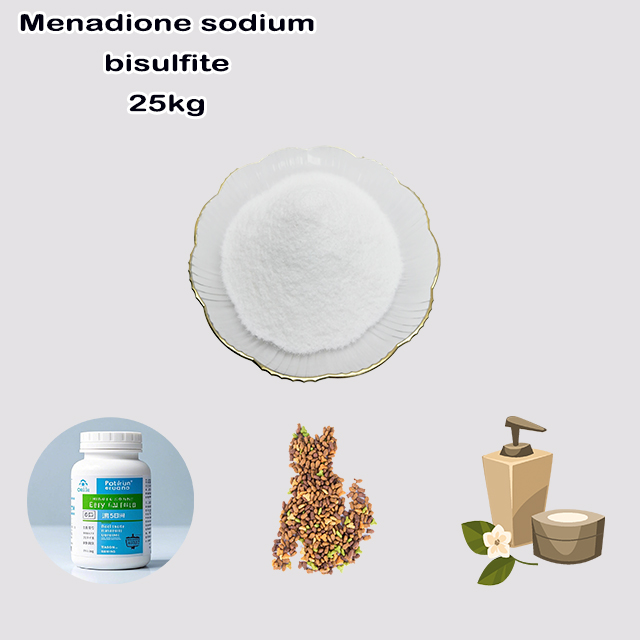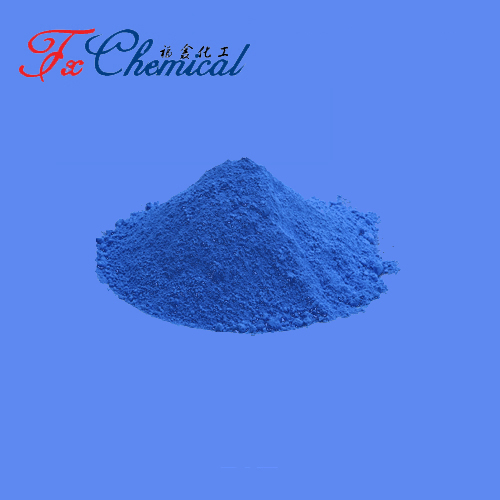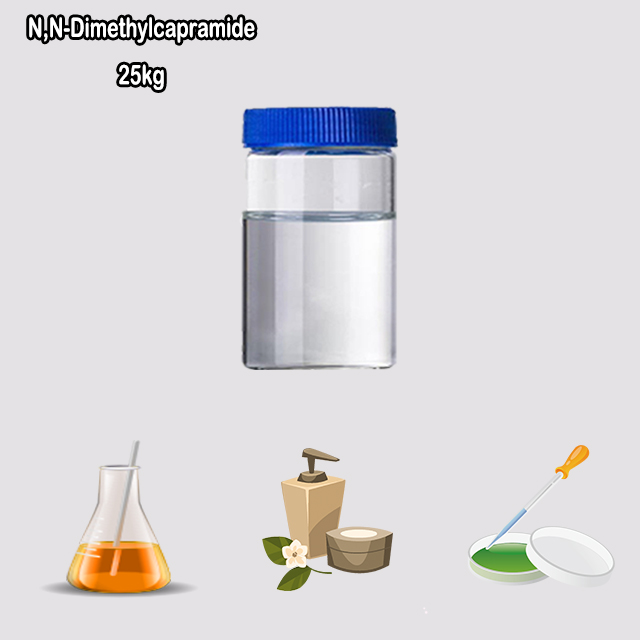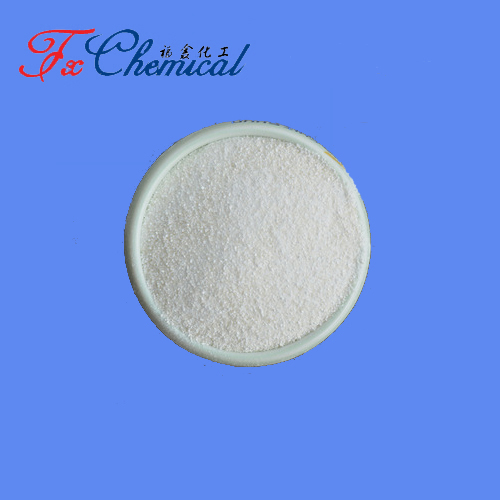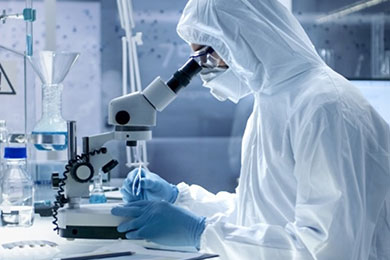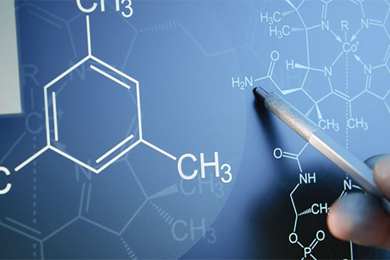
Search

Search

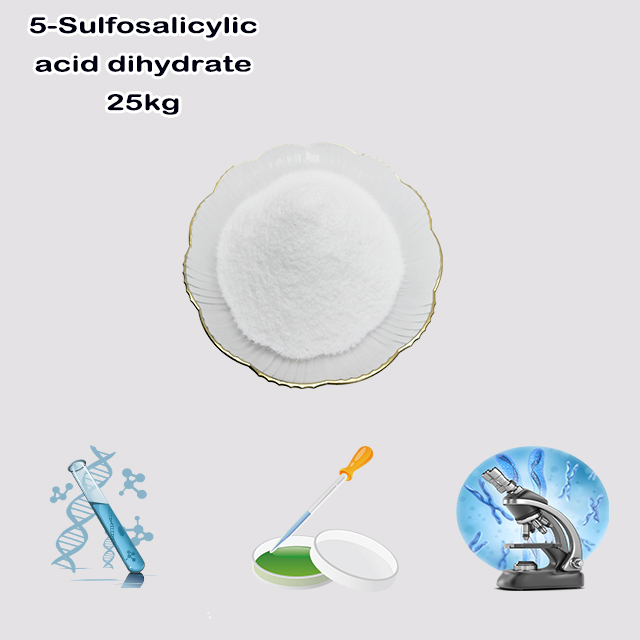
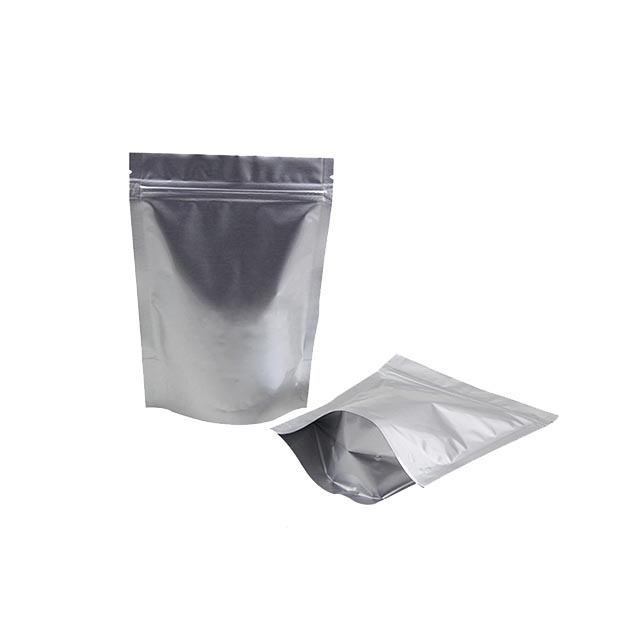
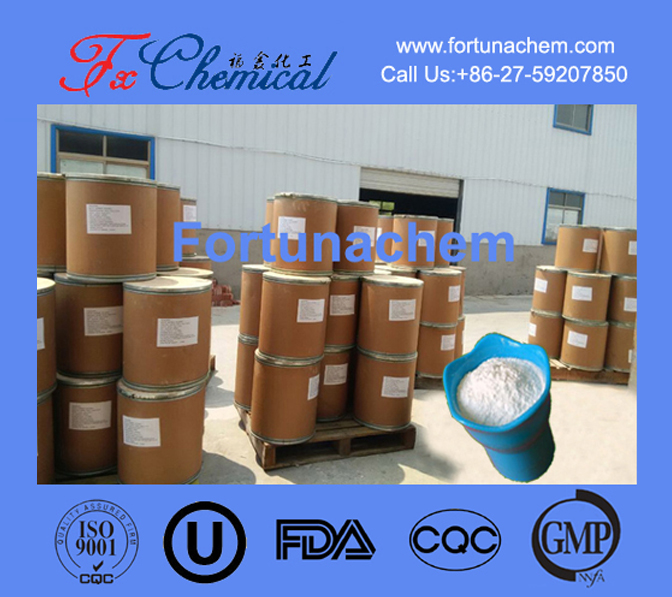
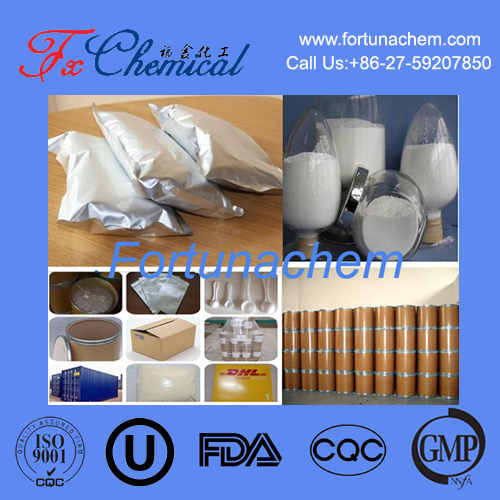
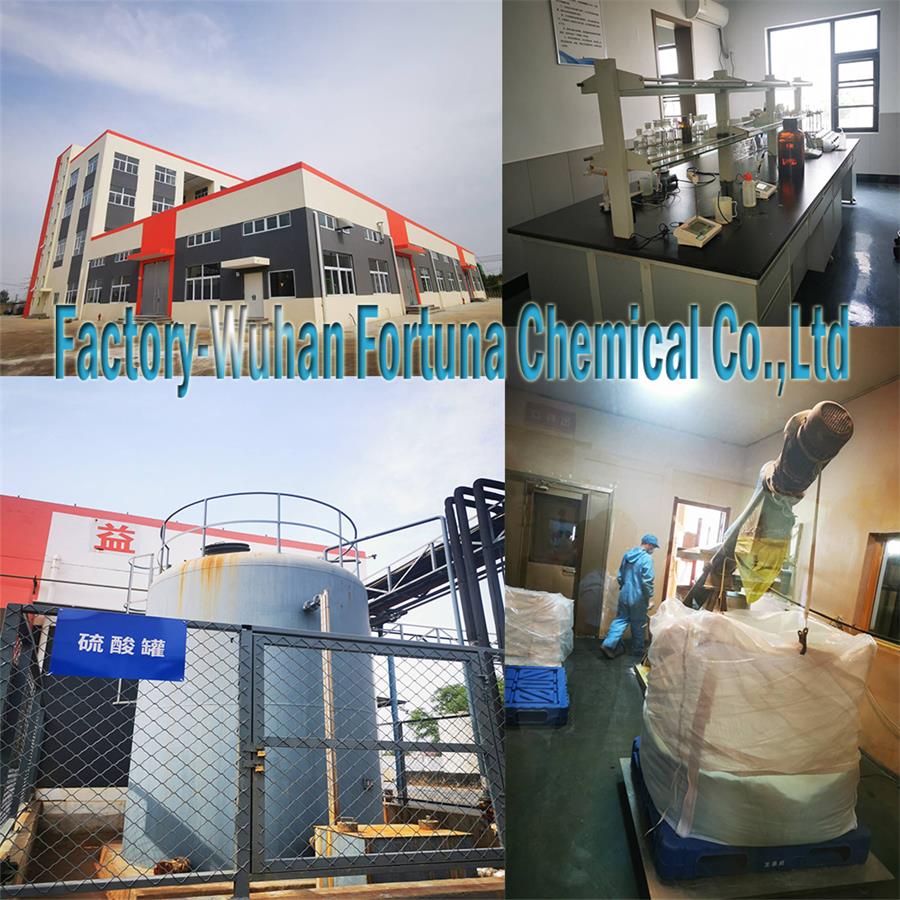





Chemical Identity:
White crystalline solid (C₇H₆O₆S·2H₂O), combining salicylic acid with a sulfonic acid group at position 5, plus two water molecules.
Primary Use:
Widely employed in clinical labs to precipitate proteins:
Rapidly denatures proteins via electrostatic interactions, forming insoluble complexes.
Key for urinary protein quantification (e.g., kidney disease screening) and preparing protein-free filtrates from blood/CSF.
Other Roles:
Analytical reagent for metals/albumin detection.
Additive in electroplating baths.
Handling:
Corrosive—requires gloves/goggles. Store desiccated (hygroscopic).
Summary: An essential, acidic lab reagent for protein removal in diagnostics, valued for speed and efficiency.
5-Sulfosalicylic Acid Dihydrate (C₇H₆O₆S·2H₂O), often abbreviated 5-SSA or SSA, is a crystalline organic compound widely used in biochemistry and clinical laboratories. Here's a detailed overview:
Chemical Structure: Combines salicylic acid (o-hydroxybenzoic acid) with a sulfonic acid group (-SO₃H) at the 5-position on the benzene ring. The dihydrate form includes two water molecules of crystallization.
Formula: C₇H₆O₆S·2H₂O
Molecular Weight: 254.22 g/mol
Appearance: White to off-white crystalline powder.
Solubility: Highly soluble in water and ethanol; insoluble in non-polar solvents.
pKa Values: ~2.6 (sulfonic acid), ~11.7 (carboxylic acid), phenolic OH varies.
Stability: Deliquescent (absorbs moisture); store desiccated.
Typically produced by sulfonation of salicylic acid with concentrated sulfuric acid, followed by crystallization to isolate the dihydrate form.
Protein Precipitation (Clinical Diagnostics):
Quantifying urinary protein (e.g., in kidney disease screening).
Preparing protein-free filtrates from biological fluids (blood, CSF) for metabolite analysis.
Mechanism: Disrupts hydrogen bonding and hydrophobic interactions, denaturing proteins via electrostatic interactions between its anionic groups (-SO₃⁻, -COO⁻) and cationic protein residues.
Uses:
Advantages: Rapid, simple, and effective for low-molecular-weight proteins.
Analytical Chemistry:
Reagent: Detects albumin, globulins, and Bence Jones proteins.
Colorimetric Tests: Used in assays for metals (e.g., iron, calcium) after protein removal.
Other Uses:
Electroplating additive (brightening agent for nickel/cobalt baths).
Intermediate in dye and pharmaceutical synthesis.
In acidic conditions (pH < 3), 5-SSA carries strong negative charges. It:
Binds to positively charged amino groups (e.g., lysine, arginine) on proteins.
Disrupts protein hydration shells and tertiary structure.
Forms insoluble protein-sulfosalicylate complexes that precipitate.
Hazards:
Corrosive (causes skin/eye burns).
Irritant (inhalation or ingestion risks).
Protection: Use gloves, goggles, and fume hoods.
Storage: Keep sealed in a cool, dry place (desiccator recommended).
The dihydrate (C₇H₆O₆S·2H₂O) is more common and stable for lab use, while the anhydrous form (C₇H₆O₆S) is hygroscopic and prone to clumping.
Speed: Precipitates proteins within minutes.
Selectivity: Effective for low-concentration proteins.
Compatibility: Works in complex matrices like urine or serum.
Summary: 5-Sulfosalicylic acid dihydrate is an essential reagent for protein denaturation and precipitation, particularly in clinical diagnostics for urinary protein analysis. Its strong acidity, solubility, and ionic interactions make it ideal for rapid sample preparation, though careful handling is required due to its corrosive nature.
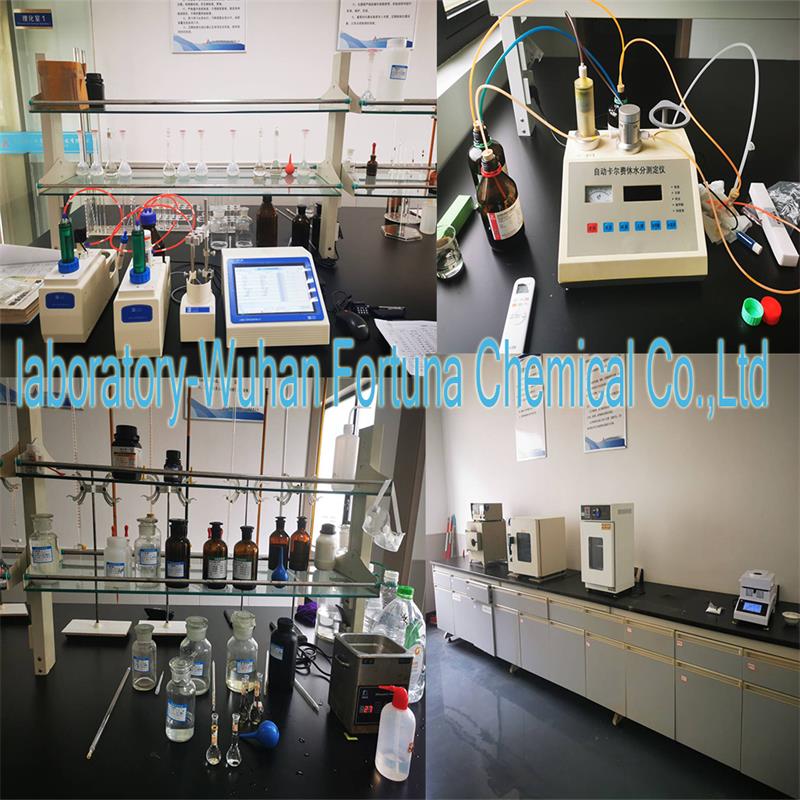
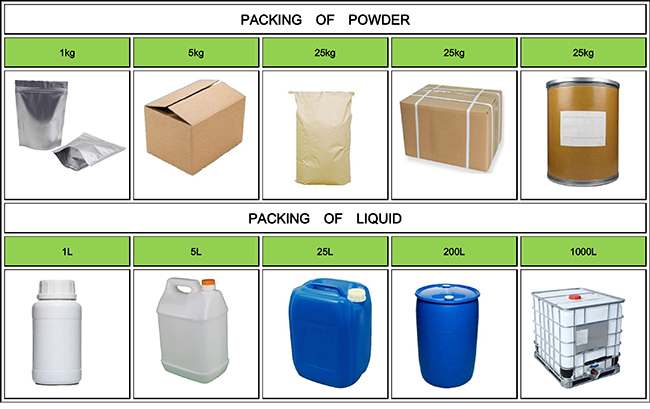
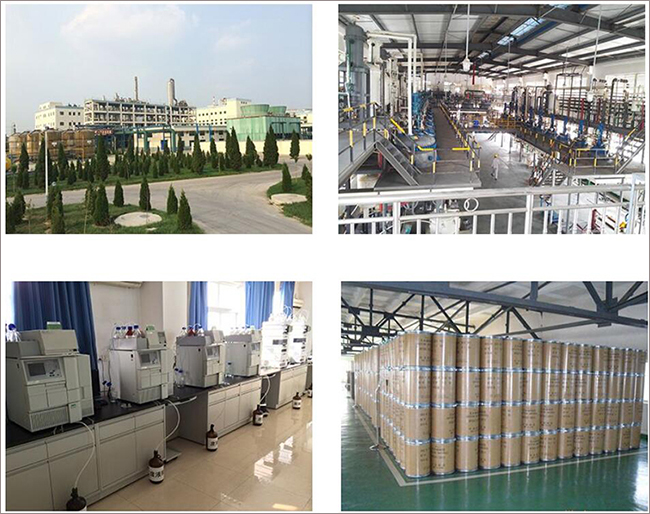

Fortunachem Provides Not Only Professional Chemical Products But Also Professional Help
Keeping you up-to-date with all the latest information, news, and events about Fortunachem!

Quick Links
Add:
E-mail:
 English
English  Español
Español  français
français  العربية
العربية 